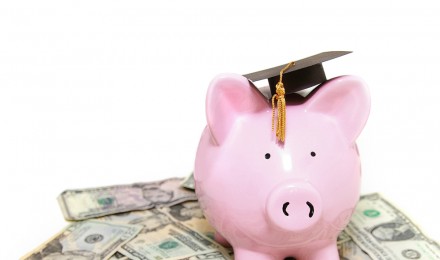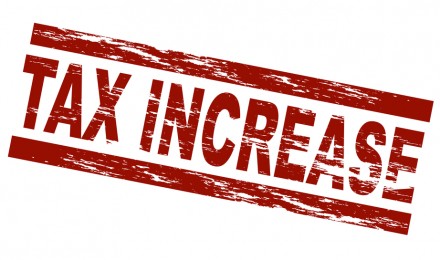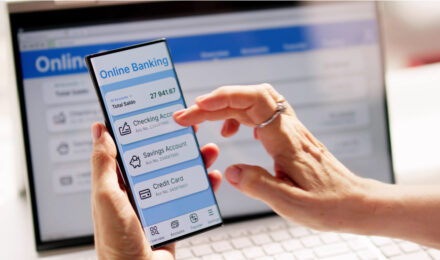If you’re fortunate enough to win a scholarship, or if you qualify for a grant, going to college may not be a major financial burden. Sure, you’re still responsible for your own meals, books and other supplies. But at the end of the day, you’re probably better off than students who work to pay their own tuition or students who face costly student loan debt.
But just because you didn’t get a grant or scholarship doesn’t mean you have to spend the next three decades after graduation paying off your college education. And no, I’m not referring to your parents flipping the bill. There are ways to have student loan debt forgiven – but it all depends on the type of work you do after college.
Student loan forgiveness programs receive very little attention, and many who qualify are unaware of the relief soon available to them. However, for those struggling to keep up with their monthly payments, the ability to walk away from their debt – penalty-free – is a welcome mat. This relief is not available for all types of jobs, but among those who may qualify for student loan relief include public service workers – starting in 2017.
If you work for a federal, local or state government agency/organization, or a not-for-profit organization, here are four things you should know about student loan relief.
1. Must be a full-time employee.
To take advantage of public service student loan relief, you must be employed on a full-time basis with your employer. Understand, however, that this requires meeting the employer’s definition of full-time – at least 30 hours a week. If you work two public service jobs part-time, you may qualify if you work a combined total of 30 hours per week.
2. Must make 120 on-time payments to qualify.
Unfortunately, you cannot apply for student loan forgiveness immediately after graduating from college and landing a job. You can only apply for relief after making 120 on-time payments to your student loan servicer – approximately 10 years after graduation. For a payment to be considered on time, your student loan servicer must receive the payment within 15 days of your due date.
3. Only certain loans qualify for public service loan forgiveness.
If you have a Federal Perkins Loan or a Federal Family Education Loan, you cannot apply for public service loan relief. This program is only available to graduates who receive a loan under the Williams D. Ford Direct Loan program. But there is good news if you have a non-qualifying federal loan. You can consolidate your non-qualifying federal loans into a Direct Consolidation Loan, at which time you may be eligible for student loan relief.
4. Forgiven debt under the PSLF (Public Service Loan Forgiveness) is not taxable income.
There is more good news. If you qualify for student loan relief, your forgiven balance isn’t treated as taxable income. This however, may not be the case under other, non-federal programs, such as your private employer canceling your student debt.
If you’re fortunate enough to win a scholarship, or if you qualify for a grant, going to college may not be a major financial burden. Sure, you’re still responsible for your own meals, books and other supplies. But at the end of the day, you’re probably better off than students who work to pay their own tuition or students who face costly student loan debt.
But just because you didn’t get a grant or scholarship doesn’t mean you have to spend the next three decades after graduation paying off your college education. And no, I’m not referring to your parents flipping the bill. There are ways to have student loan debt forgiven – but it all depends on the type of work you do after college.
Student loan forgiveness programs receive very little attention, and many who qualify are unaware of the relief soon available to them. However, for those struggling to keep up with their monthly payments, the ability to walk away from their debt – penalty-free – is a welcome mat. This relief is not available for all types of jobs, but among those who may qualify for student loan relief include public service workers – starting in 2017.
If you work for a federal, local or state government agency/organization, or a not-for-profit organization, here are four things you should know about student loan relief.
1. Must be a full-time employee.
To take advantage of public service student loan relief, you must be employed on a full-time basis with your employer. Understand, however, that this requires meeting the employer’s definition of full-time – at least 30 hours a week. If you work two public service jobs part-time, you may qualify if you work a combined total of 30 hours per week.
2. Must make 120 on-time payments to qualify.
Unfortunately, you cannot apply for student loan forgiveness immediately after graduating from college and landing a job. You can only apply for relief after making 120 on-time payments to your student loan servicer – approximately 10 years after graduation. For a payment to be considered on time, your student loan servicer must receive the payment within 15 days of your due date.
3. Only certain loans qualify for public service loan forgiveness.
If you have a Federal Perkins Loan or a Federal Family Education Loan, you cannot apply for public service loan relief. This program is only available to graduates who receive a loan under the Williams D. Ford Direct Loan program. But there is good news if you have a non-qualifying federal loan. You can consolidate your non-qualifying federal loans into a Direct Consolidation Loan, at which time you may be eligible for student loan relief.
4. Forgiven debt under the PSLF (Public Service Loan Forgiveness) is not taxable income.
There is more good news. If you qualify for student loan relief, your forgiven balance isn’t treated as taxable income. This however, may not be the case under other, non-federal programs, such as your private employer canceling your student debt.







